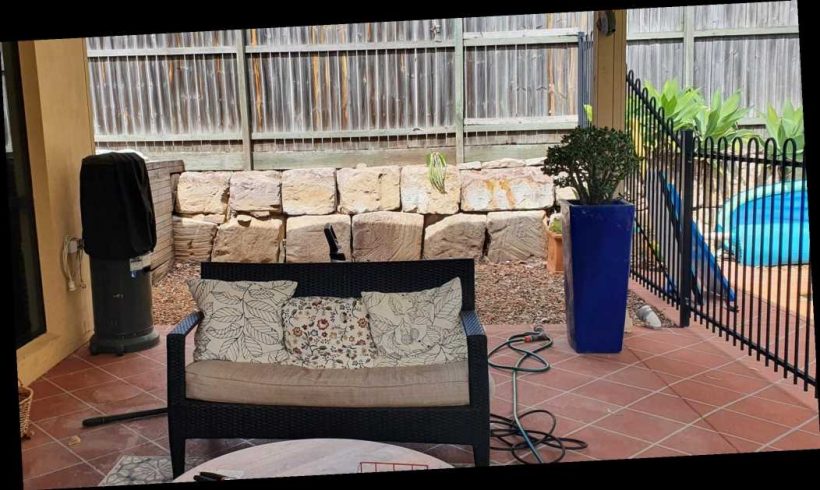THIS picture, captured by snake catchers in Australia, appears to show a seemingly normal suburban backyard in Brisbane.
But at a closer look, one of the world's most venomous snakes can be spotted hiding in the garden. Can you find it?
A catcher working for Snake Catchers Brisbane and Gold Coast took the picture of the Eastern brown snake hidden outside a home in Seventeen Mile Rocks last month.
The creature, also known as a common brown snake, is the second most venomous land snake in the world and often seeks shelter in human habitats.
But the nervous species is quick to attack if it feels threatened.
And although some social media users managed to spot the dangerous creature when the catchers set the "spot the snake" challenge on Facebook, some were left baffled.
More than 100 people joined in, but many wrongly shared screenshots of the wall behind the blue plant pot next to the swimming pool, convinced there was a python hiding in the rocks.
But the Eastern brown snake, which was well camouflaged, was tucked away in the right side of the rock wall.
"Quite a few of you got this one right, so well done, it was definitely another tricky one," Snake Catchers Brisbane and Gold Coast said.
"We snake catchers really aren't fans of these types of retaining walls.
"It's a great place to look for food (such as rodents and skinks), and in some cases, snakes will use these retaining walls as sites for egg deposition."
Some social media users already knew the dangers of a rock wall in the backyard, but others were left terrified by the prospect of a hidden snake.
"Now I am terrified of my massive stone retaining wall," one said.
"I'm not a fan anymore either. We have a huge wall and on the list is putting up the gaps with concrete this year," another wrote.
"Never ever will I own a rock wall. Eeeek," a third posted.
"If I had known this years ago would never have built ours," a fourth said.
The Eastern brown snake accounts for more fatalities than any other snake in Australia, according to the snake catchers in Brisbane.
Due to its foraging nature, the venomous snake often enters homes through gaps under doors, and uses timber piles, sheet iron, rock walls and heavy vegetation to hide.
Source: Read Full Article




